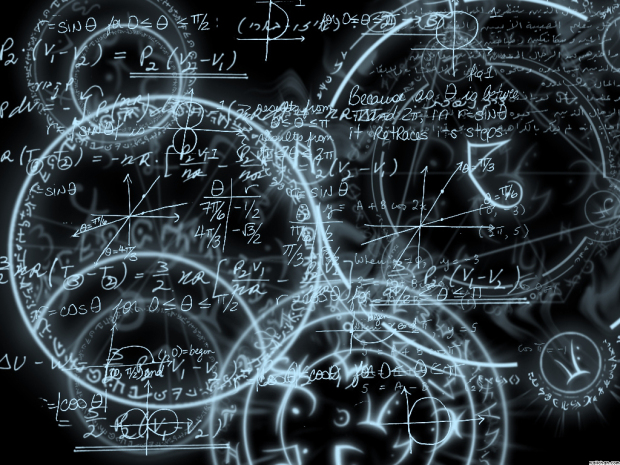beauty and mathematics

Many mathematicians and scientists have commented on the beauty they find in the structure and symmetry of the equations that underpin their work, and that beauty is often the first sign of truth. In A Mathematician's Apology,1 G. H. Hardy wrote: "The mathematician's patterns, like the painter's or the poet's must be beautiful; the ideas, like the colors or the words must fit together in a harmonious way. Beauty is the first test: there is no permanent place in this world for ugly mathematics."
The physicist Paul Dirac went even further: "I think that there is a moral to this story, namely that it is more important to have beauty in one's equations than to have them fit experiment. If [Erwin] Schrödinger had been more confident of his work, he could have published it some months earlier, and he could have published a more accurate equation. It seems that if one is working from the point of view of getting beauty in one's equations, and if one has really a sound insight, one is on a sure line of progress. If there is not complete agreement between the results of one's work and experiment, one should not allow oneself to be too discouraged, because the discrepancy may well be due to minor features that are not properly taken into account and that will get cleared up with further development of the theory."2
The architect Richard Buckminster Fuller also saw beauty as an acid test of truth: "When I'm working on a problem, I never think about beauty. I think only how to solve the problem. But when I have finished, if the solution is not beautiful, I know it is wrong."
References
1. Hardy, G. H. A Mathematician's Apology. London: Cambridge
University Press, 1941.
2. Hovis, R. Corby, and Kragh, Helge. "P. A. M. Dirac and the Beauty
of Physics." Scientific American, 268(5):104-109, May 1993.

